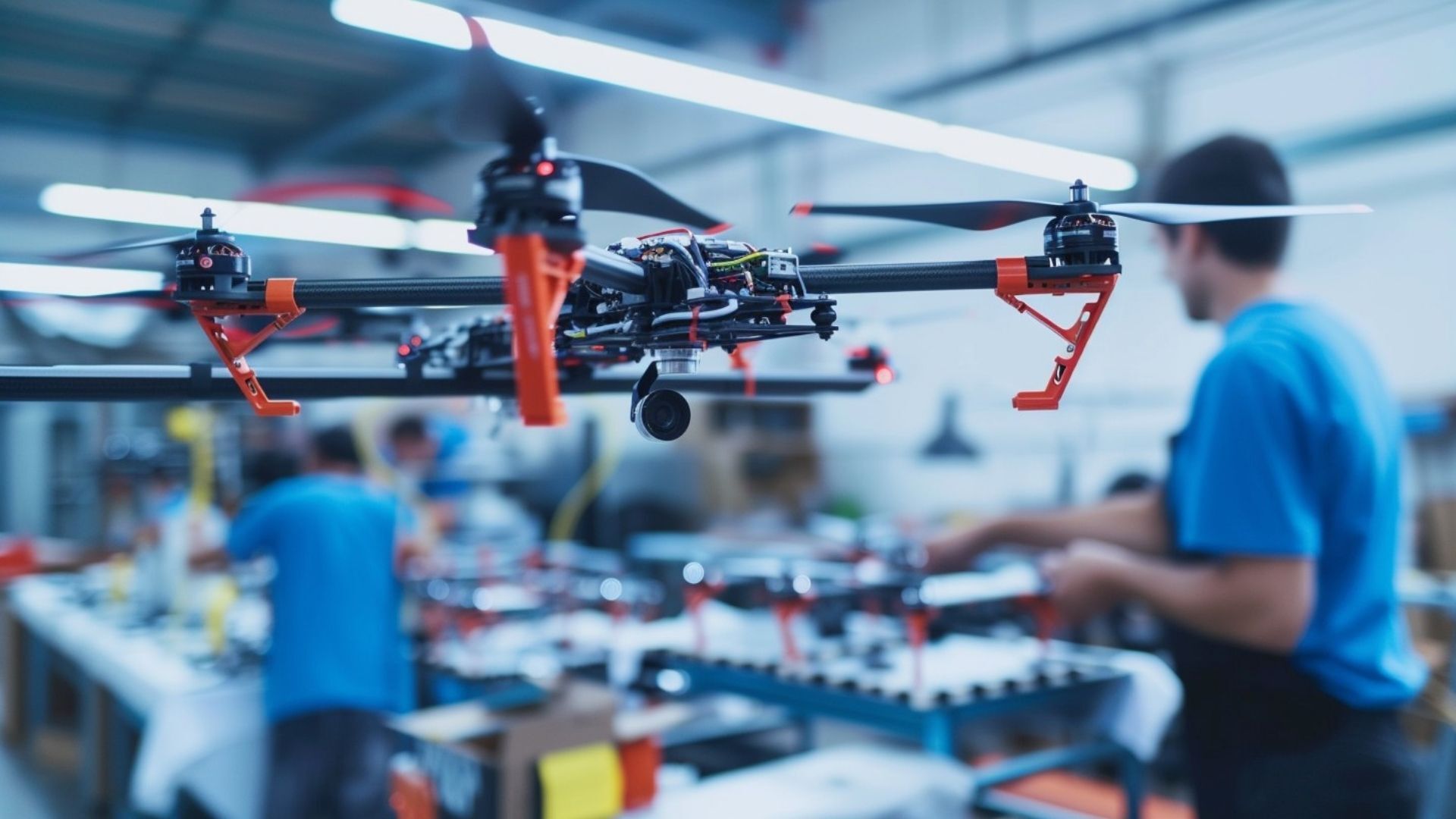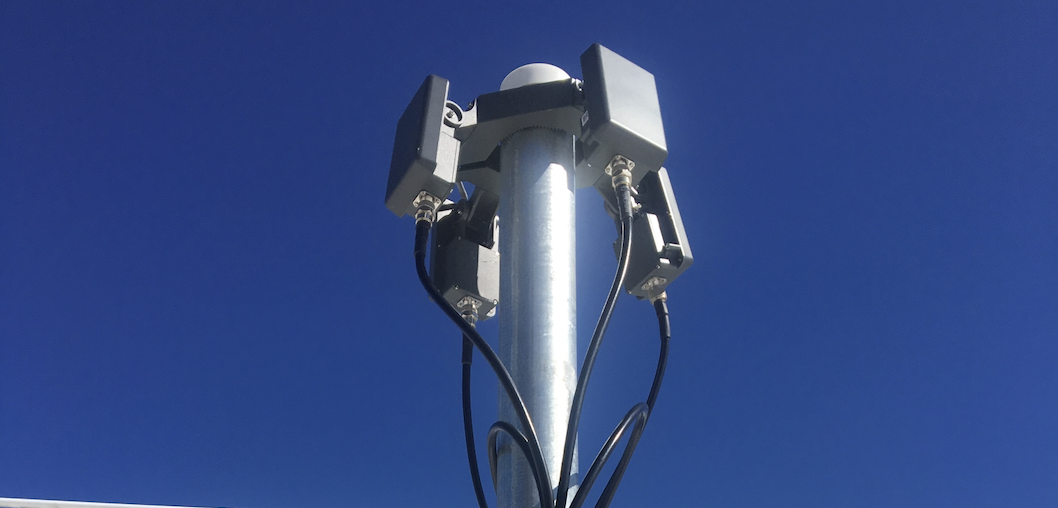The increasing use of imported drones in the U.S. has sparked serious national security concerns. Many drones deployed for commercial and recreational use are built by manufacturers based in countries considered strategic adversaries, prompting warnings from the Department of Defense and Department of Homeland Security. These agencies have flagged risks such as data siphoning, remote override capabilities, and firmware backdoors.
Drones built by foreign manufacturers are also harder to monitor or integrate into U.S.-based detection infrastructure, particularly when they don’t comply with the FAA’s Remote ID rule, which went into effect in March 2024.
Why Domestic Manufacturing Matters
Drones manufactured in the U.S. provide greater transparency, accountability, and compliance. With full visibility into the supply chain and firmware integrity, organizations can better assess and control the risks of using these devices. Domestic drones are also more likely to adhere to Remote ID standards, making them easier to track using detection platforms.
The dominance of foreign-manufactured drones—particularly those made by Chinese company DJI—is well documented across both private and public sectors in the United States. The Federal Aviation Administration (FAA) has acknowledged that a significant share of drones used for private and government business are manufactured by DJI, which produces over 70% of the world’s civilian drones. Market estimates further suggest that approximately 90% of hobby drones in the U.S. are DJI-made, along with 70% of industrial drones and more than 80% of drones used by first responders. These figures highlight the overwhelming reliance on foreign-built platforms within the U.S. drone ecosystem, raising ongoing concerns about supply chain integrity, data security, and long-term airspace sovereignty.
Federal Response and Policy Trends
Efforts like the American Security Drone Act aim to ban federal agencies from purchasing drones made by Chinese-owned companies. The DoD has also launched the Blue UAS program to create a vetted list of compliant U.S.-based manufacturers.
Still, even with evolving policy frameworks, many organizations are flying blind. Without detection systems in place, it’s impossible to know whether a drone in your airspace is domestic, imported, or potentially hostile.
How AirSight Supports Domestic Security
AirSight’s drone detection platform is designed to identify drones regardless of origin, with our multi-layered sensor fusion approach—but our system’s telemetry classification capabilities make it especially effective at flagging non-compliant or foreign drones. Whether it’s an encrypted consumer drone or a modified enterprise model, AirSight tracks signals in real-time, offering full airspace awareness and flagging irregular behaviors.
As the U.S. moves toward tighter drone security controls, AirSight provides the critical detection infrastructure needed to support that transition—ensuring visibility, accountability, and actionable data.











